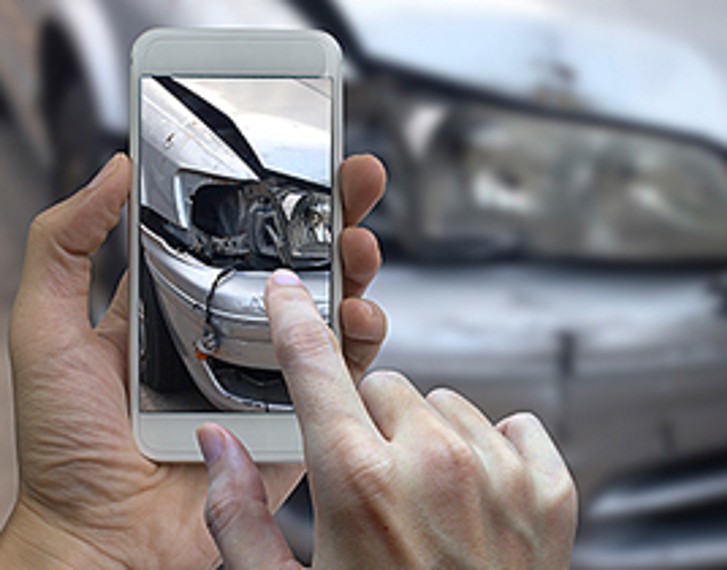Image recognition with AI


In future, WARTA will need only a few photos to calculate a claim for damage to a car. This is a future scenario but the Polish insurer is carrying out a pilot project on a system that uses artificial intelligence to interpret images autonomously in a matter of seconds and is able to calculate the costs for repair or replacement.
“We are using artificial intelligence to assess the damage to the bodywork of cars purely on the basis of photos,” said Rafal Stankiewicz, Board Member of WARTA. “In future, we will be able to use the algorithm for straight-through processing of simple claims without any human intervention.” The project is led by WARTA in overarching cooperation with HDI companies from Germany, Italy, Turkey, Mexico, Brazil and Chile. The objective is to achieve settlement of automobile claims with exclusive use of automated processing.
Enormous time-savings
In future, anybody who has experienced damage to their car will receive an estimate of the costs from WARTA much more quickly than today. If they use a claims app, for example, the app will show them what they need to look out for when they take photographs. That will make it easier for the algorithm to identify the damage to the bodywork.
Today, the claims experts at WARTA are still checking the results. However, the entire process is intended to proceed automatically in future. The claimant will then see the claims sum on their smartphone very quickly. If, for example, they want to receive the money directly rather than submitting the workshop invoice at a later date, they can accept the payment immediately. The advantage for WARTA is that the claims adjusters no longer have to inspect automobiles in person and this saves a great deal of time.
The underlying algorithm is extremely complex and it has to undergo intensive training. Thousands of photos of damage to cars have already been run through the system. If the assessment of artificial intelligence deviates from the judgement of the human experts, the developers adjust the algorithm accordingly. This allows the system to learn how to recognise whether white spots on the wing, for example, are damage or simply snow.
More precision with videos
The algorithm also has access to all the important specifications that the claims experts have in their heads – or can look up. Artificial intelligence is able to access databases that include prices for replacement parts and settlement of damage in the past that was comparable. Speed is where the power of artificial intelligence really comes into its own. WARTA Board Member Rafal Stankiewicz considers the technology to be extremely promising. “Another significant avenue will be producing a cost estimate on the basis of a video of the existing damage,” he said with a view to the more distant future. This would present various perspectives and it would give a more detailed impression of the damage.
Is the calculation correct?
WARTA is also using artificial intelligence in the verification of body-shop calculation. The algorithm compares the pictures of the damage with the repair calculation for the car and assesses whether the calculation is correct. The initial conclusion is that in around 36 percent of the cases, the body-shops had calculated too much. This saves costs that are then not a burden for the collective of insured policyholders. The calibration of the algorithm took three months but WARTA only needed one month to integrate the system into its claims processing. While claims experts are currently still assessing each cost estimate in parallel, the objective is to institute fully-automated checking for workshop calculation.